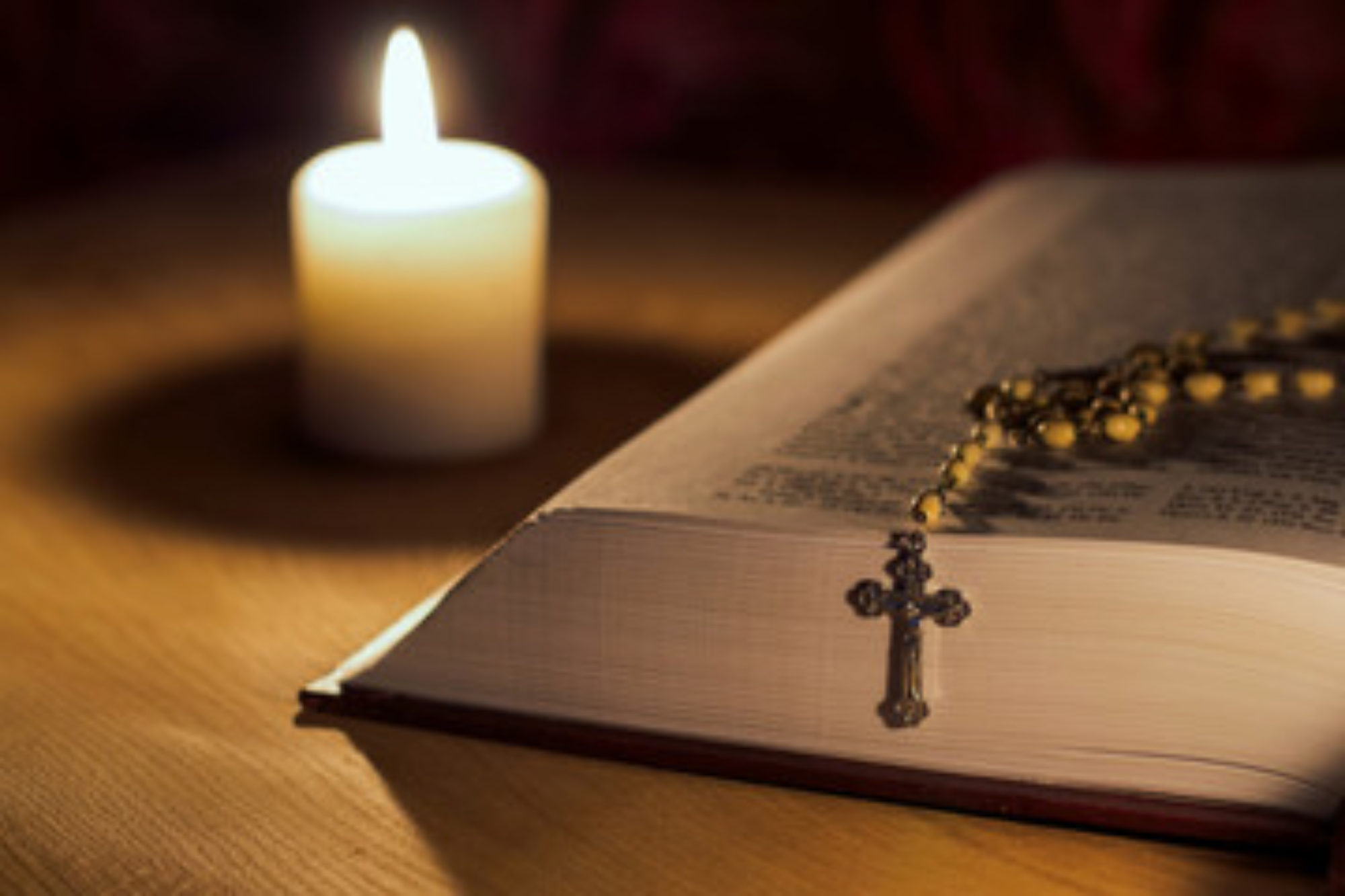Podcast: Play in new window | Download
Hello and welcome back to this series on Our Lady of Guadalupe. In episode 1, we reflected on the religious dimension of this feast. In episode 2, we recounted the story of Our Lady of Guadalupe. In this third and final episode in this series, we’ll look at some of the cultural and political dimensions of Our Lady of Guadalupe.
Now, in Episode 2 we reviewed the story of Our Lady of Guadalupe. Her political and cultural significance begins with that story. This is an important story about the apparition of Mary because this time there’s proof: Juan Diego’s tilma upon which is the miraculous image of Our Lady.
The image of Our Lady on Juan Diego’s tilma is brown-skinned. Why is this important? Well, it had only been around 10 years since Spain had conquered central Mexico. The Aztec people were devastated. But the image of a brown-skinned Mary reached out to the indigenous people in way that nothing else could. Also the image of Our Lady is standing in front of the sun and on the moon. These were symbols the Aztecs worshipped, but Mary’s image sends a message they can move beyond these symbols of their ancient faith and embrace the one true God. So Mary is the penultimate disciple.
But Mary didn’t just appear to Juan Diego. She asked him to tell the bishop – to work with the bishop to build a church. Of course God would come to a poor indigenous person. Throughout the Bible, God chose the unlikeliest of people for missions, like Moses who spoke with a stutter. Mary then is a symbol of unity trying to bring together the Spanish conquerors and the indigenous people to build a church where all people could come together as a community and worship God. So Mary inspires unity.
Mary is also seen wearing a sash high above her belly. This is an indication of pregnancy. So this is one of the only images depicting Mary pregnant with Jesus. All of these symbols: the sun, the stars, the moon, the southern cross, the placement of her hands indicating a gesture of offering, all reached out to the indigenous people in a way nothing else could. Millions were convinced by the apparition and joined the church.
Now this is important because what’s going on in Europe at this time? The Protestant Reformation is spreading and many are leaving the church. This was a period of great upheaval in the Christian world, but here in the West, Mary is reaching out to include non-Europeans into the church.
Over time her image became a great source of nationalism for the Mexican people. When the Mexican war of independence from Spain began in 1810, Father Miguel Hidalgo rallying cry was “Long live the Virgen of Guadalupe!” One hundred years later during the Mexican revolution, Emiliano Zapata and other fighters carried her image into battle, despite the fact that the revolution was anti-clerical and anti-Church. Her image was used in the United States by Cesar Chavez during the Mexican-American civil rights movement in the 1960s and more recently by immigrants’ rights advocates.
But now the image of Our Lady has been so widely commercialized that she transcends religion. Her image has appeared on all sorts of things from tattoos to candles, calendars, and even TV in a soap opera and a cartoon! But her image is being adopted by people who are specifically anti-church and call themselves Guadalupanos. The term expresses anti-establishment sentiment. Even the former president of Mexico Felipe Calderon said, “We’re all Guadalupanos!”
Some of these more commercialized representations may have strayed far from the faith and perhaps are even more secular than religious. But they have a way of uniting people during a time when that seems completely impossible. Perhaps this is an expression of discipleship too – reaching out to disparate people who can’t seem to agree on anything and uniting them around one symbol might be away of sparking curiosity. Who is she and why is she important? These sorts of questions might lead people into an encounter with the true purpose of the symbol of Our Lady of Guadalupe: it’s not about Mary, but her son, Jesus Christ. So don’t get your feathers too ruffled by commercialism. It might be part of a great plan.
Well, that’s it for today. I hope you enjoyed this brief description of some of the non-religious dimensions of Our Lady of Guadalupe. You can find a copy of today’s podcast and other helpful information on the website, www.deaconrudysnotes.org. The link will appear in the notes on your podcast player, but here’s the link just in case, here it is again: www.deaconrudysnotes.org.
Through the intercession of Our Lady of Guadalupe, may we all come to know and to love Jesus Christ. In the name of the Father, and of the Son and of the Holy Spirit. +Amen!



